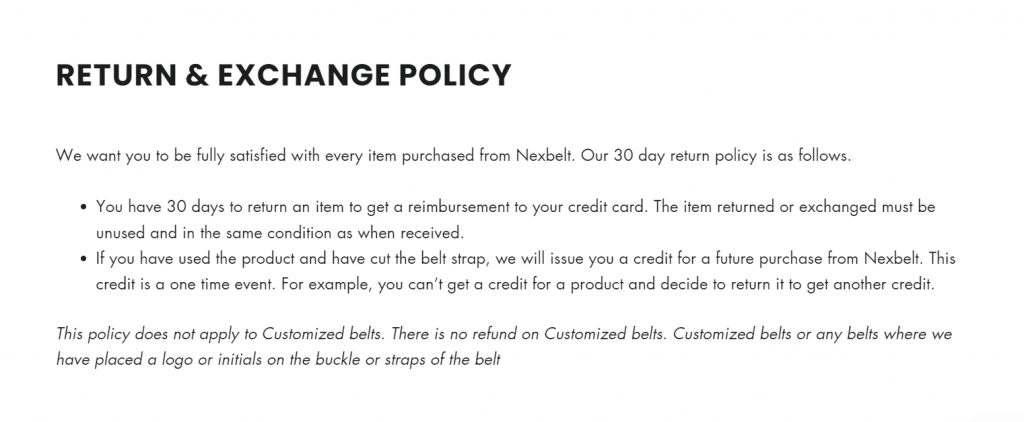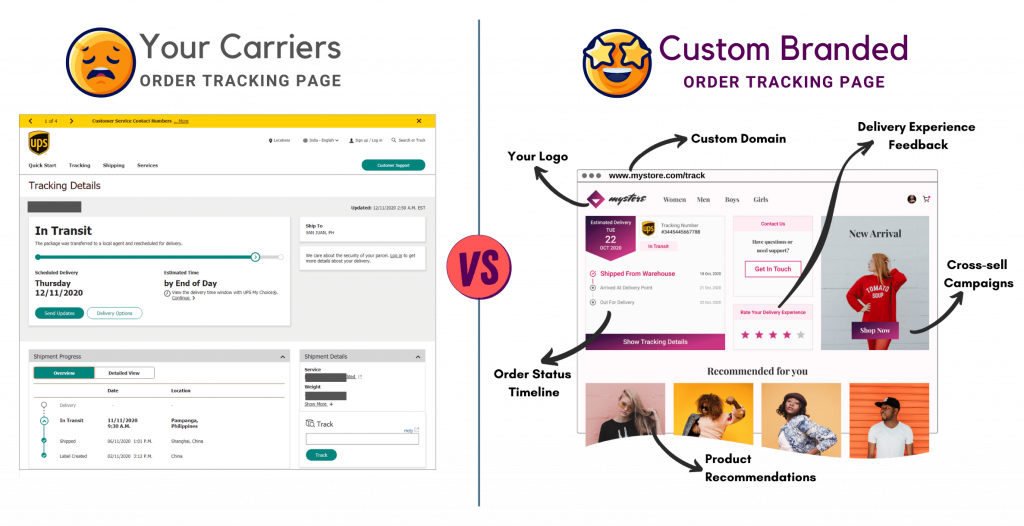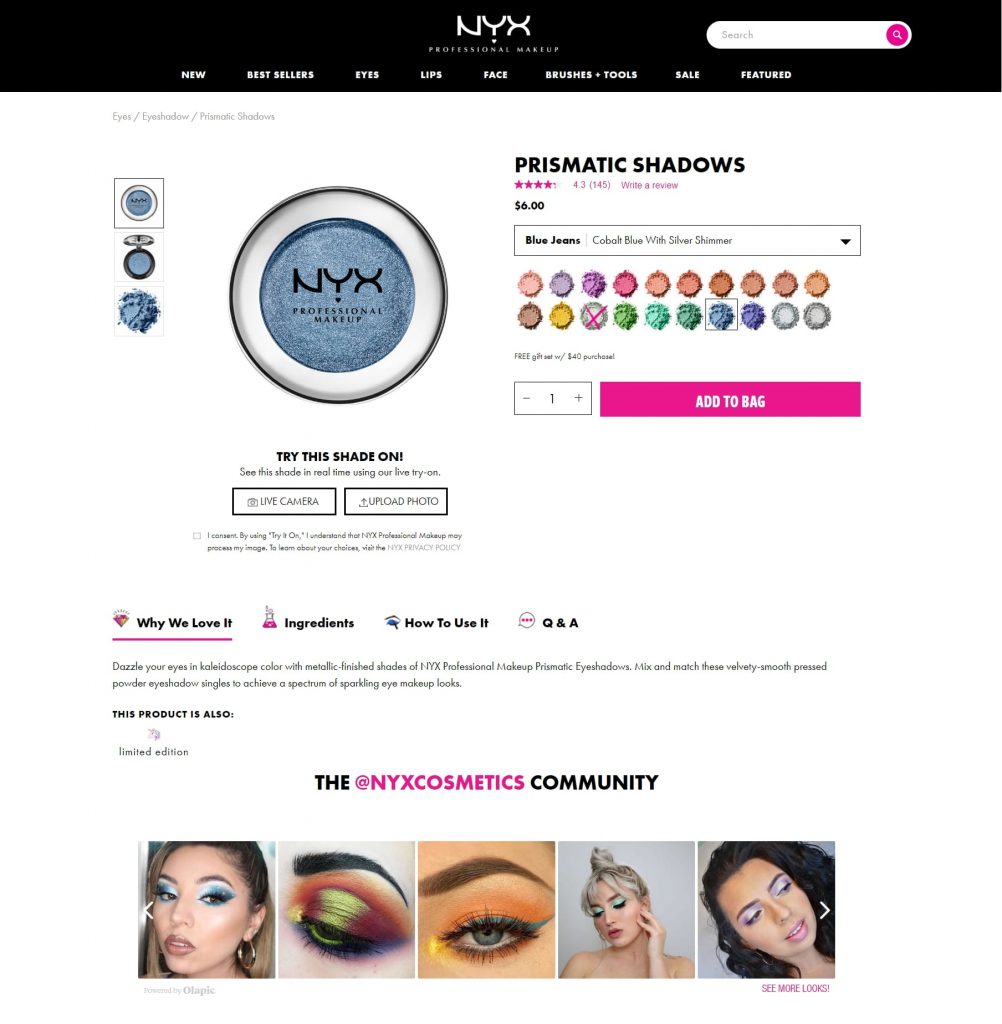Your eCommerce store’s branding helps your customers identify your brand among the long list of competitors and also works towards making your business successful.
Your brand is your identity for your customers, and how you focus on your branding matters a lot. Your business’ long-term success depends on your conversion success, customers reaching back to your brand, your rates, customer feedback, etc, and your branding plays a huge role in it.
Therefore, in this article, we’ll help you with some of the best strategies to improve your eCommerce store’s branding. Let’s get started.
10 Key Ecommerce Branding Strategies You Must Know
1. Make your mission clear
There is no eCommerce branding without a mission. They know their mission and how they will cater to it. Sometimes a brand can get famous because of its mission. So focus on whatever your mission is and tell people about it.
Creating a useful brand mission and values helps in attracting a larger target audience towards the ones who share the same sentiment. Also, your brand’s mission and values can strengthen your brand’s authenticity.
“Be honest and loyal to the customer, be consistent with your branding, content, marketing, and communication policies, and be available for your customers.” – Kathryn Smithson, Chief Marketing Officer (CMO) at PathSocial
2. Stay truthful to your policies
What is more important than creating a strong mission is that you need to stay loyal to them.
Different brands have strict policies such as mission statements, but they don’t follow them. This is where your brand starts to decline. Therefore, it is clear that staying honest with your policies gives your customers the confidence to keep shopping with you.
“Fulfill what you have promised; never compromise. If you neglect your customers, you will lose your popularity. Deliver on time, and if you have sent something wrong by mistake, and the customer is complaining about it, guide them in a proper way and refund or exchange the product. – Derek Bruce, Operations Director at Manchester First Aid Courses
3. Highlight the USPs of your brand
Your Unique Selling Proposition (USP) is what differentiates you from the other brands. Therefore, It is necessary to highlight the motives of your brand to make it popular.
Once you’ve done a thorough competitor analysis, identify a particular selling point that sets your brand apart from your competition and work effectively on marketing that feature.
“In today’s date, your brand is not solitary in the market. Different brands have the same quality as yours. It isn’t easy to stand out in the market with this much crowd.” – Mark Valderrama, Owner of Aquarium Store Depot
4. Tell your Brand's Story
Make your eCommerce branding louder and clearer with your story. Stories are always motivating, captivating, and can pull customers to a brand. You may build an emotional, strategic bond with your customers by telling them your brand’s story.
It is because certain customers definitely relate their personal life to the brand story which usually involves struggle, hard work, and success.
“Connect, and associate your brand with things people care about or feel connected with.” – Vincent Amodio, Founder of Icon Medical Centres
5. Create a Compelling logo and Unique Brand Name
Think about some top brands; Mcdonald’s, KFC, Starbucks, Paypal, and Google. What pops up in your mind as soon as you hear the names? Of course, the logos of these brands.
The Alphabetic logo of Mcdonald’s with bright yellow color and a dot after the M; the same goes for Starbucks, a mysterious siren with a green and white color combo. Today all these brands are recognized just by their logos.
“An attractive, unique, outstanding logo can positively impact customers. If they can remember the unique logo, they’ll surely remember your brand too.” – Steve Elliott, Franchise Owner, Restoration1
The same goes while choosing your brand’s name; never go for a regular sense of making an easy name. Go for unique ones people have never heard of or could think of, then make the Logo according to that.
Keep in mind that in your eCommerce branding strategy, a good name and logo play a huge role in portraying your brand as unique and trust worthy.

6. Never compromise on customer service
90% of Americans see customer service as a factor in deciding whether or not to do business with a company. Therefore, providing great customer service can help you display your strong commitment to the high standard of customer experience you offer.
You can follow these ways to provide a quality service to your customers.:
- Hire trained staff to maintain a good impression on your customers.
- Reply to their queries definitely and instantly. Ignoring them or making them wait might not be the best ploy.
- Engage with customers across their journey and preferred channels.
Remember, keeping your customers happy and your CX at an all time high can help you build strong branding and a loyal customer base that follows.
7. Document a content strategy
It is important to make convincing content when it comes to eCommerce branding. Having less than attractive content will make you struggle by not helping you reach the right audience.
You can follow the footsteps of major brands and use content marketing to initiate brand awareness and a lot more like:
- improving engagement on the website
- Proving your authenticity
- Increasing customer loyalty
- Gaining the trust of customers, etc.
8. Get your hands dirty with Social Media
Apart from your website, it is essential to advertise your content on different social media platforms to gain more popularity and beat competitors.
Social media is the worldwide most used media over which it is very simple yet effective to promote and enhancing your brand.
If you are getting a chance for less or even zero charges and effort to promote your brand worldwide, then why don’t you give it a try?
According to Statista, by 2025, there will be 4.4 billion people worldwide using social media.
Social media is an amazing medium to enhance your audience and promote your product. By using social media, you can;
- Enhance your brand awareness
- Reach Target Audience
- Increase outreach of the brand
- Offer a better user experience
- Improve conversion rate.

9. Exchange and Return Policy
Your exchange and return policies, be they customer friendly or stringent, plays a role in your eCommerce branding.
“Providing a useful exchange and return policy builds your loyal customers and helps your brand to stand apart from others.” – According to Lachlan de Crespigny, Co-Founder and Co-CEO of Revelo
Customers usually look for a replacement of various products or return in case of the broken product then there should be clear terms on return.
While it is up to you to fix your policies considering your customers and your business practices, the best ploy is to make sure your customers are happy doing returns with you rather than running off to a competitor.

10. Use order tracking experiences to reinforce your brand identity
All your efforts taken during the pre-purchase and purchase phase can go down the drain if you don’t focus on your customers’ post-purchase order tracking experiences.
In legacy methods, once the parcel gets shipped, you direct your customers to the shipping carrier’s tracking page, where they periodically track their orders. However, the problem is that carrier tracking pages are dull, boring, and a visual dead end to include your brand elements. This imprints the carrier’s brand on the customer’s minds instead of your brand and lowers the odds of making repeat sales.
What you can do instead is provide seamless and self-serve order tracking experiences on your own via branded tracking pages and shipping notifications. Enabling tracking on your own domain lets you add your brand elements even during the post-purchase phase and allows you to reinforce your brand identity and increase brand recall.

Conclusion
Ecommerce in 2022 is at an all-time rising phenomenon. More than 65% of people today are attracted to online shopping.
While building and developing an eCommerce business, it’s always important to take branding efforts. Plan and execute strategies that you need to use to make your brand more outstanding than others.
The whole story of eCommerce starts with its customers and ends with customers. Therefore, if you’re looking to have a successful brand, you need to invest well in eCommerce branding and make sure your customers can fully trust you.
Hope these tips help you build your brand and create a strong identity.
This is a guest post by Kruti Shah

Kruti Shah is a content writer and marketer at The Marketing Drama. She loves to write about insights into current trends in Technology, Business, and Marketing. In her free time, she loves baking and watching Netflix.










